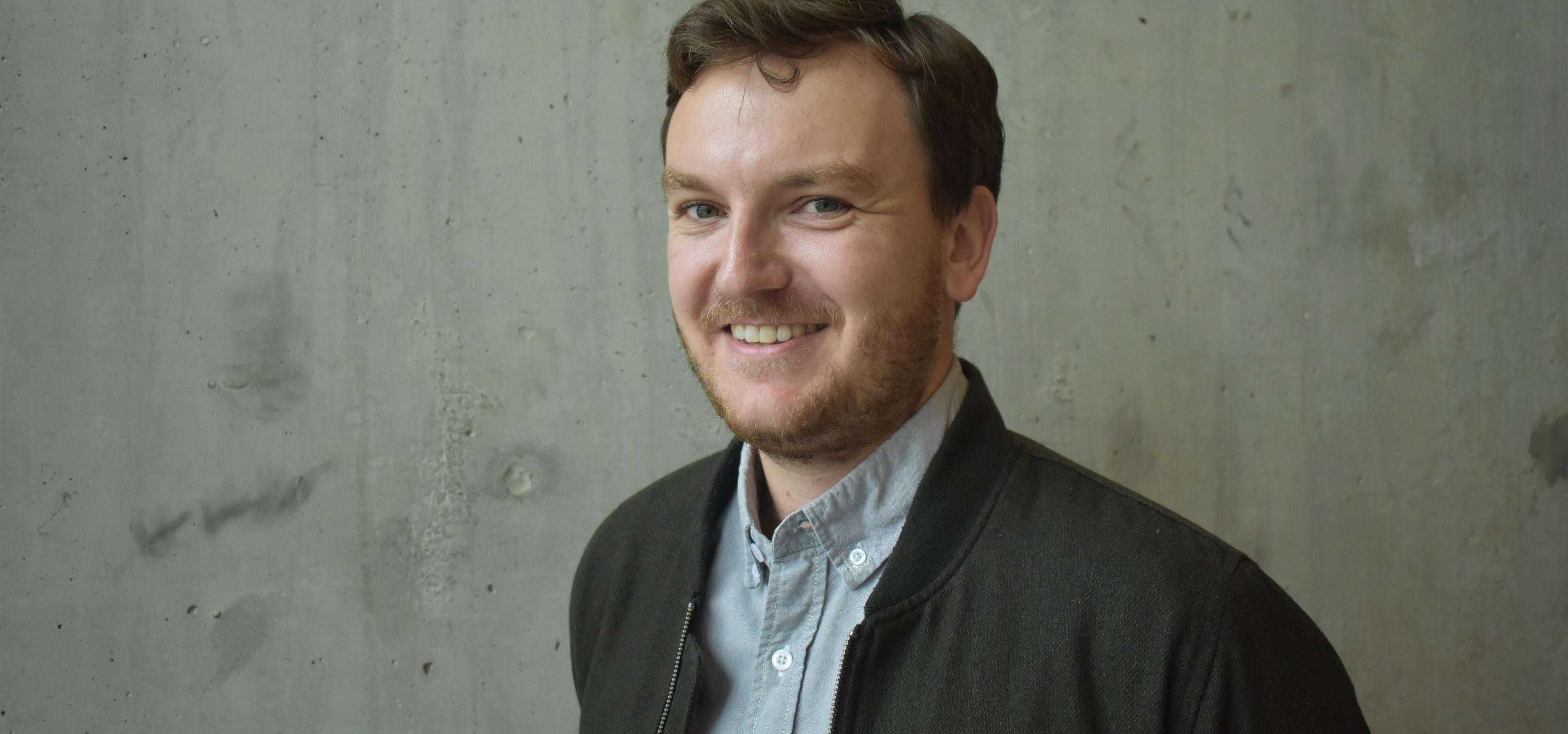
Banting Postdoctoral Fellowships aim to attract and retain top talent within Canada, while preparing recipients as leading researchers of the future. Around 70 recipients are selected annually from a highly competitive, international pool. They receive $70,000 a year in support, for two years in research areas that span health, natural sciences and engineering, and the social sciences.
This year, Neville is the only Banting Fellow winner to be hosted by the University of Waterloo. He is currently working with Professor Scott Hopkins in the Department of Chemistry.
Below is a lay version of his application abstract. Neville proposes to take a promising analytical technique, differential mobility spectrometry (DMS), and combine it with artificial intelligence to revolutionize how we predict the chemical properties of new, unknown molecules.
Our best wishes for your ongoing research, Neville!
Action spectroscopy for structural determination of molecular ions
Differential mobility spectrometry (DMS) is a rapidly developing technique that offers a means to efficiently separate gaseous molecules. In DMS, charged molecules (ions) are separated according to how they behave in an electric field. Ions of different shapes, sizes, and chemical properties have different trajectories through the DMS instrument so they can be detected as we alter the applied electric fields. It has been deployed with great success in many applications; for example, a miniaturised version of DMS has been applied in the UK to monitor patients' breath for biomarkers symptomatic of various diseases inexpensively and quickly.
Whereas DMS is very effective at separating molecular ions in this way, it is not immediately clear or intuitive exactly which ions are separated in which order. There are several existing techniques that can be used in tandem with DMS to further explain an ion's structure. However, these are complicated, time consuming, and expensive. A more robust and less time-intensive way of determining an ion's structure is to probe it spectroscopically, in other words, to measure how it interacts with light.
I propose to retro-fit an existing DMS instrument, giving it the ability to spectroscopically characterise DMS-separated molecular ions. Following absorption of light, the ions will break apart into smaller fragment ions. This response can be measured as I vary the wavelength (energy) of light, providing a unique fingerprint for each ion that allows us to unequivocally identify its structure.
The full potential of this new technique will be realised by coupling it with machine learning. I will use the data generated from spectroscopic characterisation of well-understood molecules to build a database. The data will then be processed by machine learning algorithms, which will find correlations between DMS data and molecular properties of interest, with the aim of predicting the properties of new, previously uncharacterised molecules.